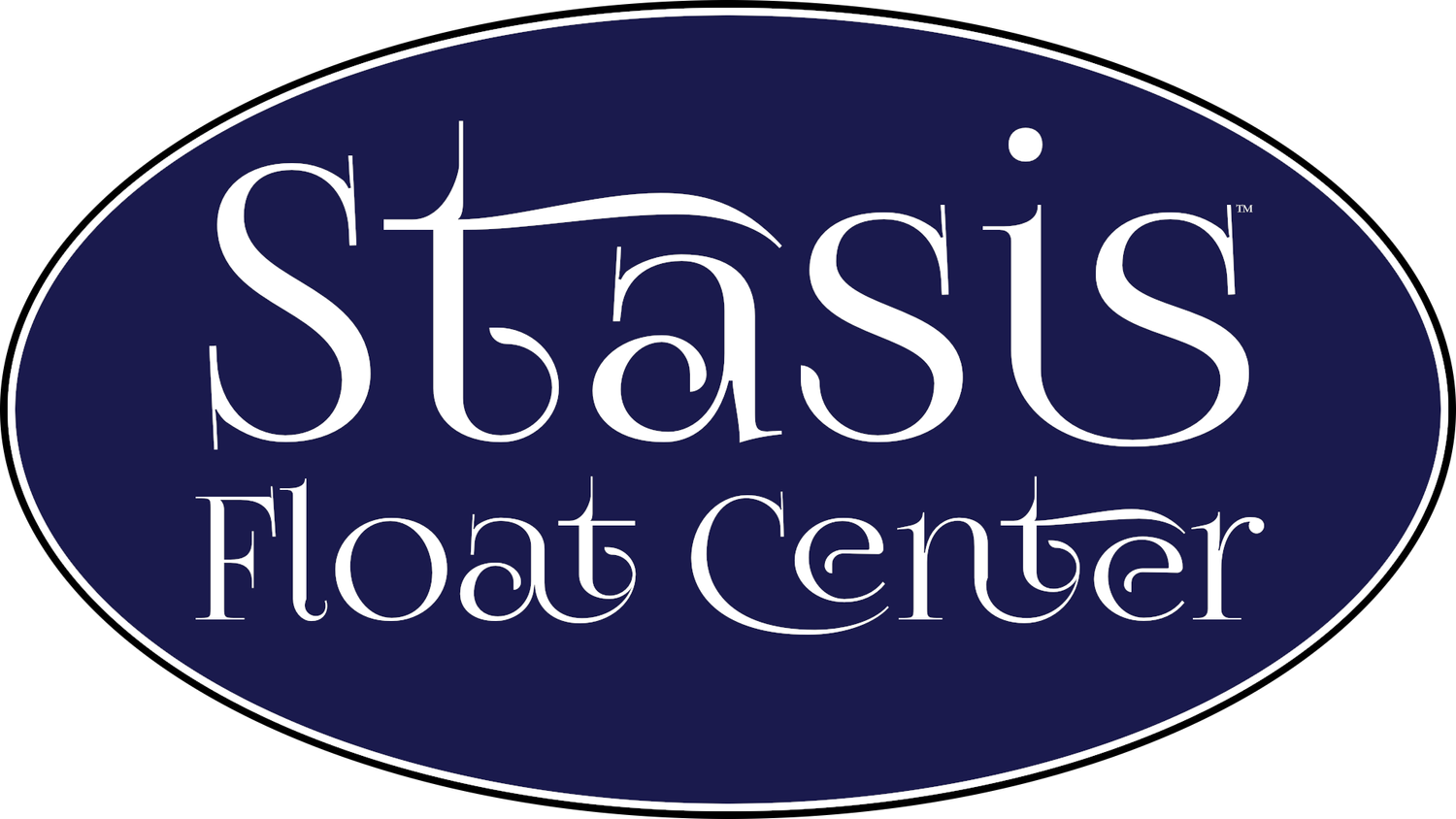Bodymind September Float Notes
“Distractions are everywhere. A day spent thinking about what could happen,
should happen, or what might have been is a day missed.”
Shut Up Brain!
How many times do we get into the tank, and spend those first moments trying to calm the mind? “Shut up, Brain!”
As we’ve noted in prioe newsletters (if you missed it, it’s here: August Float Notes), a float tank is the perfect environment for inducing theta brainwave activity, similar to that twilight period between sleep and wakefulness. Because of this, we often leave the tank—having processed and integrated our thoughts and memories—with a profound sense of calmness.
But there can be more to floating beyond the experience of this basic, transitory state.
Floating provides an opportunity to actually meditate. As anyone who practices (or has tried to practice) meditation knows, effective meditation requires, well…practice!
In the 1960s, research investigated the brainwave activity of monks, watching as they entered deeper meditative states and eventually reaching the theta stage.
As the researchers tried to reproduce this in the lab, they quickly discovered that reaching this level of brainwave activity requires, in some cases, years of practice and discipline.
However, some can reach the theta stage in a float tank after a few sessions (once the “novelty” of floating has worn off). The next section outlines three basic meditation techniques to try in the tank.
“Shut up Brain!” In-Tank Meditation Techniques
By eliminating distractions, a float session can simplify and intensify the process of meditating. Here are three quick techniques to try.
1) Breath.
You can help keep your mind from wandering by focusing your attention on your breath. Inhale deeply and hold for a few seconds. Count as you exhale, and at the end of the exhalation hold for a second before your next inhalation. Focus on the feeling of the breath entering and exiting the body.
As thoughts arise, simply acknowledge them and let them pass. Pay attention to your wandering mind, then return your attention to your breath without judgement!
2) Body Awareness.
You can promote relaxation by doing a “body scan.” Start by noticing your toes, then your feet, your ankles, shins, etc. As you come to each body part, reflect on any tension you might be holding there, and let it release. Move through your entire body, shoulders, limbs, neck, face (jaw! ears!) breathing through each segment and letting it release until you reach the crown of your head.
3) Visualization.
You can use visualization during meditation to solve current creative problems or to imagine future goals.
Once in the tank and settled, connect to the scenario you wish to explore and experiment with the possibilities that arise. Think, “I’m just going to practice this visualization, and see what happens.”
With this approach, you need not struggle or become tense. Rather, make it your intention to explore these options. There is no end goal; there is no required result. Therefore, there is no way to “fail” at visualization!
Stayed tuned for the October Float Notes, where we go a little deeper into “breathwork!”
T-Shirt Sale!
It’s a dog-eat-dog world. Only the strong survive! Sink or swim, man….
SINK! OR! SWIM!
But as a person who floats, you know that there is a third way.
Let the world in on your secret. You don’t need to sink or swim when you can float!
The next time you’re in for a float, don’t forget to pick up a t-shirt. Only $10. Good quality. You’ll like it!
Float Foundations
As announced in the May newsletter, Bodymind has launched a program for new floaters—and casual floaters who aren’t yet members—to dive deeper into their floating practice.
Congratulations to the floaters who have completed their first three floats! We are sincerely thrilled to have you here, and grateful to those who have made their practice more regular through a membership!
We at Bodymind Syracuse believe that the more you float, the more you get out of floating. In support of this practice, we encourage you to take advantage of our “Float Foundations Starter Bundle.”
For more info about the Float Foundations Starter Bundle, follow the link below:
Float Discounts
Meet the Staff!
Fitness!
Saturdays…the best day for a float? Maybe, because that’s the day you’re most likely to meet Mary!
Professionally, Mary loves working with the older population, to make every day better for them.
But, when we at the Float Notes newsdesk asked Mary what she liked to do when not working, her reply was all about fitness!
Running, biking, swimming, working out and “punching things” (a direct quote, i.e. boxing) are some of the activities Mary likes to do when she’s not helping you have a great float!
Glenn Runyan - Owner and Manager
Jake - Asst. Manager
STAFF FLOTATIONISTS: Colin, Dan, Lisa, Lori, and Mary!
Concept & Design: Dan S. Float Curatorial Administrator









